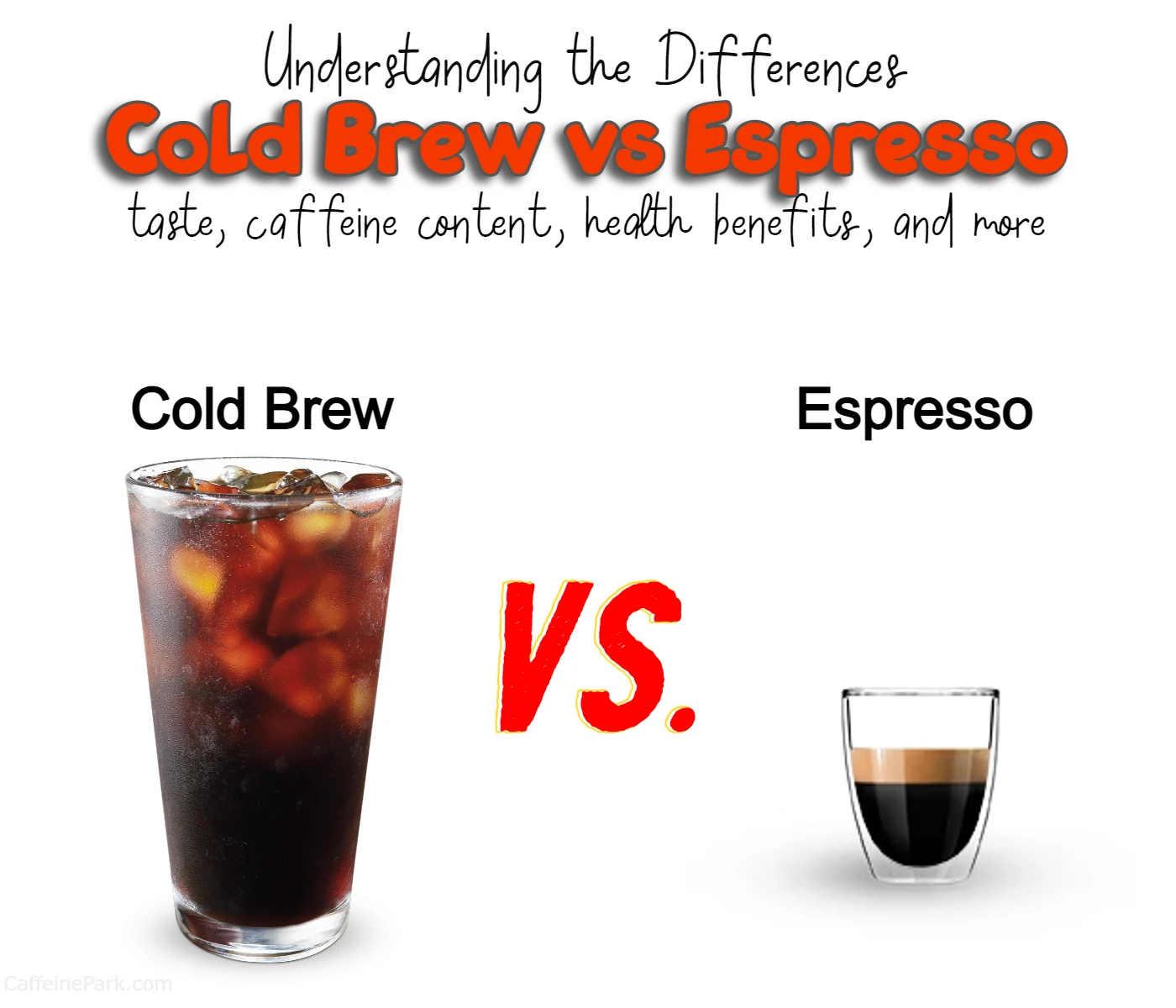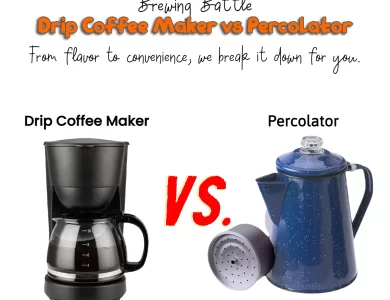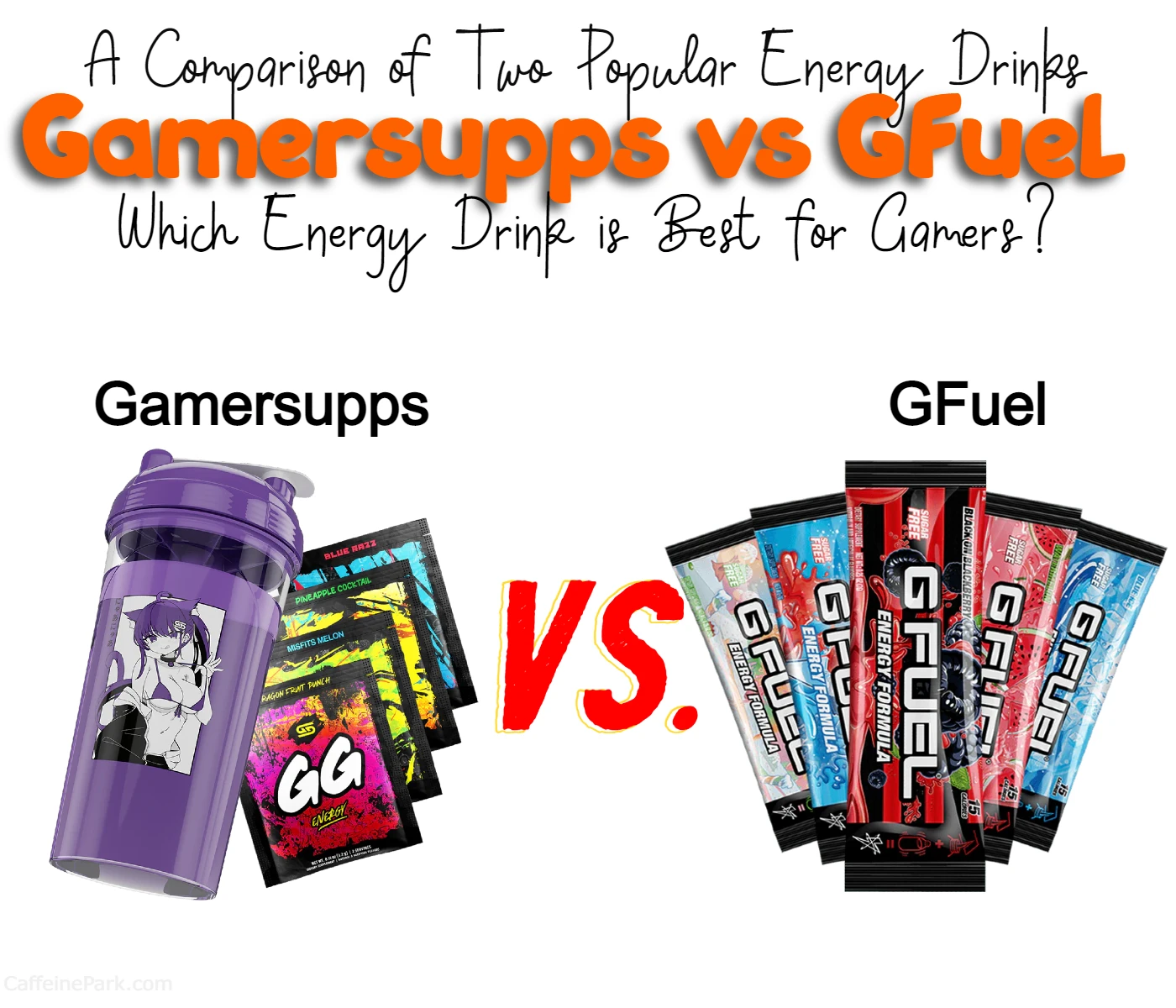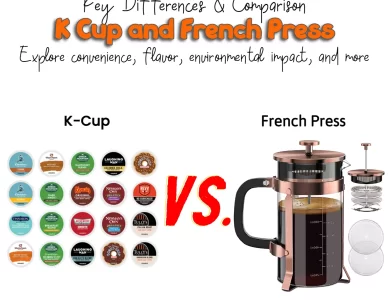Cold Brew vs Espresso

Welcome to the ultimate guide to understanding the differences between cold brew and espresso! As a coffee lover myself, I know how important it is to understand the different brewing methods and how they can affect the taste, caffeine content, and overall experience of enjoying a cup of coffee. In this blog, we’ll dive deep into the world of cold brew and espresso, exploring their unique characteristics, and health benefits, and even answering some frequently asked questions.
So, whether you’re a coffee connoisseur or just looking to try something new, this blog is for you. We’ll take you on a journey of discovery, exploring the nuances of each brewing method and helping you decide which one is right for you. Maybe you’re looking for a refreshing summer drink or an energizing morning boost – either way, we’ve got you covered.
So, grab a cup of coffee (preferably cold brew or espresso, of course) and read on to learn everything you need to know about these beloved coffee brewing methods. By the end of this blog, you’ll be equipped with all the knowledge and confidence to choose the perfect cup of coffee for any occasion. So, let’s get started and explore the world of cold brew vs espresso!
Here’s a quick chart summarizing the key differences between cold brew and espresso:
| Cold Brew | Espresso | |
|---|---|---|
| Brewing Time | 12-24 hrs | 20-30 sec |
| Brew Method | Cold Water Drip | Hot Water Under Pressure |
| Taste | Smooth, Less Acidic | Intense, Robust |
| Caffeine Content | Lower | Higher |
| Serving Style | Over Ice | Small Shots |
| Preparation Time | Longer | Shorter |
| Health Benefits | Less Acidic, Lower Calories | Higher Antioxidants |
While both cold brew and espresso are beloved coffee brewing methods, they have distinct differences that make them unique. Cold brew is brewed with cold water over a long period, resulting in a smooth and less acidic taste, while espresso is made by forcing hot water through finely-ground coffee beans under high pressure. Espresso is known for its intense and robust flavor, high caffeine content, and short preparation time. Cold brew, on the other hand, is perfect for hot summer days or as a refreshing midday drink. Whether you prefer the strong and intense flavor of espresso or the smooth and milder taste of the cold brew, both have their own health benefits and can be enjoyed on different occasions.
Difference between Espresso and Cold Brew
What is Espresso?
Espresso is a concentrated form of coffee that is made by forcing hot water through finely-ground coffee beans. The pressure used to extract the coffee is typically between 8 and 10 bars, which results in a small amount of highly concentrated coffee with a thick layer of crema on top. The process of making espresso involves high-pressure brewing, which is why espresso machines are designed to handle this process.
What is Cold Brew?
Cold brew is a coffee brewing method that involves steeping coarse coffee grounds in cold water for an extended period, usually around 12-24 hours. The result is a smooth and less acidic coffee concentrate that is usually diluted with water or milk before being served. Unlike espresso, cold brew doesn’t involve any pressure and can be made using a simple mason jar or pitcher.
Flavor Differences
One of the most significant differences between espresso and cold brew is the flavor. Espresso is known for its intense and robust flavor that is full-bodied and has a rich crema on top. The crema is formed by the pressure used to extract the coffee, and it adds a layer of sweetness and complexity to the espresso shot. Espresso has a high level of acidity, which is responsible for its characteristic tangy and sharp taste.
On the other hand, cold brew has a much smoother and sweeter taste. The extended steeping time results in a coffee concentrate that is less acidic and more rounded, with a slightly nutty and chocolatey flavor. Cold brew is also known for its low bitterness, which makes it a popular choice for those who prefer a milder coffee taste.
Caffeine Content
The caffeine content in espresso and cold brew can vary depending on the serving size and the coffee-to-water ratio used. However, as a general rule, espresso has a higher caffeine content than cold brew. This is because espresso is made using finely ground coffee beans and high-pressure brewing, which extracts more caffeine per unit of coffee. A typical espresso shot (1 oz) contains around 64mg of caffeine, while a 16-ounce cold brew can have anywhere from 150-300mg of caffeine.
Serving Size
Another significant difference between espresso and cold brew is the serving size. Espresso is traditionally served in small shot glasses, with a typical serving size ranging from 1-2 ounces. This is because espresso is a highly concentrated form of coffee and is meant to be enjoyed in small quantities.
Cold brew, on the other hand, is usually served in larger quantities, ranging from 8 to 16 ounces. This is because cold brew is a milder coffee concentrate that can be consumed in larger quantities without overwhelming the taste buds. It’s also often diluted with water or milk, which increases the serving size.
Preparation Time
When it comes to preparation time, espresso is the clear winner. Making a single shot of espresso takes around 30 seconds, and it’s ready to drink immediately. However, the preparation time for cold brew is much longer. The coffee grounds need to be steeped in cold water for 12-24 hours before the coffee concentrate is ready. This means that cold brew requires more planning and preparation, but the result is a smooth and less acidic coffee that many people find enjoyable.
Price
Espresso and cold brew can vary in price depending on where you’re getting it from and the quality of the coffee beans used. However, in general, espresso tends to be more expensive than cold brew. This is because espresso requires specialized equipment, such as an espresso machine, which can be costly to purchase and maintain. Additionally, the high-pressure brewing process requires a certain level of skill and expertise, which can also add to the cost. Cold brew, on the other hand, can be made using simple equipment and doesn’t require any specialized skills or knowledge.
Health Benefits
Both espresso and cold brew have health benefits that are worth considering. Espresso has been shown to boost energy levels, improve cognitive function, and reduce the risk of heart disease and stroke. It also has antioxidant properties, which help to protect the body from harmful free radicals.
Cold brew, on the other hand, is known for its low acidity, which makes it easier on the stomach for those who are sensitive to acid reflux or heartburn. It’s also less likely to stain your teeth compared to other coffee brewing methods. Additionally, cold brew has been shown to have anti-inflammatory properties and can help to improve gut health.
Which one should you choose?
When it comes to choosing between espresso and cold brew, it ultimately comes down to personal preference. If you prefer a strong and intense coffee with a rich crema on top, then espresso may be the right choice for you. On the other hand, if you prefer a smooth and milder coffee that is less acidic, then cold brew may be the way to go.
It’s also worth considering the occasion and the time of day when choosing between the two. Espresso is a great choice for a quick pick-me-up in the morning or as an after-dinner drink. Cold brew, on the other hand, is perfect for hot summer days or as a refreshing midday drink.
Conclusion
In conclusion, both espresso and cold brew are unique coffee brewing methods with their own distinct features and flavors. Espresso is known for its intense and robust flavor, high caffeine content, and short preparation time, while the cold brew is known for its smooth and less acidic taste, low bitterness, and long preparation time. Ultimately, the choice between the two comes down to personal preference and the occasion. Regardless of which one you choose, both espresso and cold brew have health benefits that make them a great addition to any coffee lover’s diet.
Alternative to Cold Brew and Espresso
If you’re looking for a coffee alternative to cold brew and espresso, there are several options to consider. Here are a few alternatives that you might want to try:
- French Press: A French press is a classic coffee brewing method that involves steeping coffee grounds in hot water and then pressing them down to extract the flavor. This method produces a rich and full-bodied coffee that’s similar in strength to espresso.
- Pour-Over: Pour-over coffee involves slowly pouring hot water over coffee grounds that are held in a filter. This method allows for a precise and controlled extraction, resulting in a clean and bright coffee that’s perfect for those who prefer a milder taste.
- AeroPress: AeroPress is a unique coffee brewing device that uses air pressure to extract the coffee flavors. It produces a smooth and clean coffee that’s similar to a pour-over but with a richer flavor profile.
- Turkish Coffee: Turkish coffee is a traditional coffee brewing method that involves brewing finely ground coffee in a pot called a cezve. The coffee is brewed with water and sugar and is typically served in small cups. It has a strong and robust flavor that’s similar to espresso.
Whether you’re looking for a strong and intense coffee or a milder and smoother taste, these alternative brewing methods are worth trying. Experiment with different methods and find the one that suits your taste preferences best!
FAQs
While cold brew coffee does have a higher caffeine content than regular drip coffee, it’s not necessarily stronger than espresso in terms of caffeine content. However, cold brew can taste more concentrated due to the long steeping process, while espresso has a more intense flavor due to the high-pressure extraction method.
Cold brew is known for its low acidity compared to other coffee brewing methods, including espresso. Espresso, on the other hand, can have a higher level of acidity, which can cause discomfort for those with sensitive stomachs.
No, you cannot make espresso with cold brew equipment. Espresso requires a specialized machine that can produce high-pressure steam to extract the coffee’s flavors and oils.
Both cold brew and espresso have health benefits, but it ultimately depends on personal preferences and dietary restrictions. Cold brew is known for its low acidity, which makes it easier on the stomach for those who are sensitive to acid reflux or heartburn. Espresso has been shown to boost energy levels, improve cognitive function, and reduce the risk of heart disease and stroke.
Cold brew is the ideal choice for iced coffee as it’s brewed with cold water, which produces a smooth and mellow flavor that pairs well with ice. Espresso can also be used for iced coffee, but it’s typically diluted with milk or water to create an iced latte or iced Americano.
Read More:





